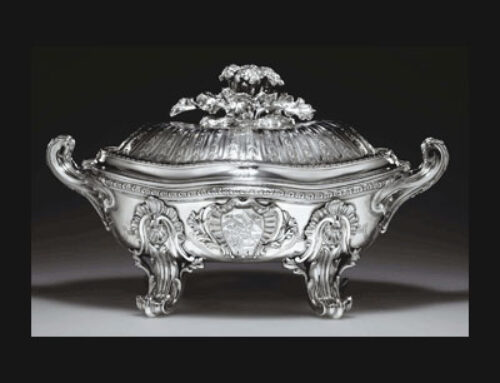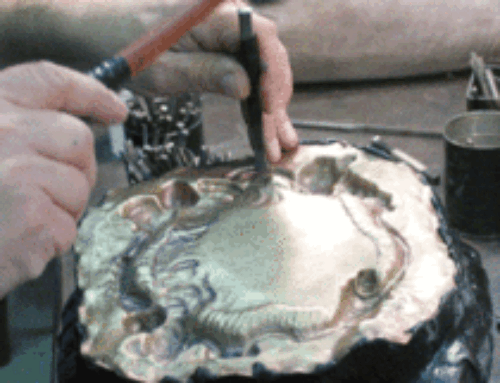 Understanding how the trade worked is like piecing together a vast jigsaw, each piece of the puzzle representing a skill that was part of a grid as sophisticated as anything we know today, each small network linked at some point to several others.
Understanding how the trade worked is like piecing together a vast jigsaw, each piece of the puzzle representing a skill that was part of a grid as sophisticated as anything we know today, each small network linked at some point to several others.
Increasingly we are investigating the suppliers of bullion, the specialist workshops who made ’parts’ for incorporation into coffee pots, tankards etc, the designers, the engravers, the retail shopkeepers and their suppliers, those who transported finished goods to customers, the records of import and export of silver, the struggle to avoid bankruptcy – and, of course, the network of family and business relationships through which the trade operated. A thread that runs through these interlinked trades is the guild system, whereby apprentices were trained, gained their freedom and, if they had sufficient funds, could set up their own business. But it was possible to operate outside guilds, particularly for those who were forced to flee their own country because of religious or political persecution or financial necessity. And in the past, as now, artists went to where they could find work and to centres of excellence.
It was quite a leap of faith for scholars to grasp that small workshops in the sixteenth century essentially operated in the same way as large manufacturers of the nineteenth century and later, for this undermined long-held views about the craft. Research into the surviving records of Parker & Wakelin supported earlier analysis of Rundell & Bridge, two thriving retail silversmiths in London in the eighteenth and early nineteenth centuries, and work continues on numerous silversmiths throughout Europe and America. Increasingly we are looking at associated trades, such as clockmakers, plasterers, modellers, armourers and cabinet makers, who collaborated with silversmiths.
The trade has altered radically over the last 30-40 years and we recognise that we are in danger of forgetting and failing to record the recent past. In 2006 the Victoria and Albert Museum was able to rescue much valuable material from the successor of one of London’s great nineteenth-century manufacturing silversmiths, Barnards – but much has been lost from other factories and retailers.
View list of relevant Silver Studies articles




